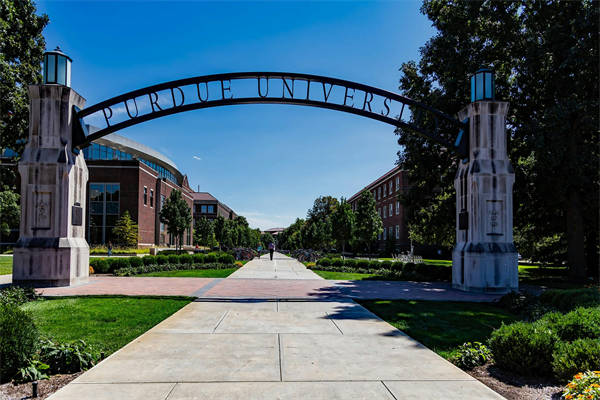What Does the English-Russian Bilingual Direction Mean?

Introduction
The term "English-Russian bilingual direction" refers to the educational or professional field that focuses on the study and application of both English and Russian languages. This direction is particularly relevant in regions where both languages are widely spoken or in institutions that cater to a diverse international student body. Below are some common questions and detailed answers related to the English-Russian bilingual direction.
Common Questions and Answers
What is the main purpose of studying in the English-Russian bilingual direction?
Studying in the English-Russian bilingual direction is primarily aimed at providing students with a comprehensive understanding of both English and Russian languages, as well as cultural insights into the respective countries. This dual linguistic proficiency is beneficial for careers in international business, diplomacy, translation, and other cross-cultural fields.
How does the curriculum in the English-Russian bilingual direction differ from a regular language program?
The curriculum in the English-Russian bilingual direction is designed to offer a balanced mix of language courses, cultural studies, and practical skills training. It typically includes courses on grammar, vocabulary, reading, writing, and speaking in both English and Russian. Additionally, students may have the opportunity to study specialized subjects in both languages, such as literature, history, and politics.
What are the career opportunities for graduates of the English-Russian bilingual direction?
Graduates of the English-Russian bilingual direction can pursue a wide range of careers, including translation and interpretation, international business, diplomacy, teaching, and marketing. Their dual language skills make them highly sought after in multinational companies, government agencies, and educational institutions.
Is it necessary to have prior knowledge of either English or Russian to study in the English-Russian bilingual direction?
While prior knowledge of either English or Russian is beneficial, it is not always a strict requirement. Many programs offer preparatory courses or have a lower language proficiency threshold for admission. Students with limited language skills can often catch up through intensive language courses during their studies.
How does the English-Russian bilingual direction contribute to cultural exchange?
The English-Russian bilingual direction fosters cultural exchange by encouraging students to engage with both English and Russian cultures. This includes participating in cultural events, attending lectures by foreign scholars, and collaborating with peers from different linguistic backgrounds. This exchange promotes mutual understanding and respect among students, which is essential for global citizenship.
What are the challenges faced by students in the English-Russian bilingual direction?
Students in the English-Russian bilingual direction may face challenges such as managing the workload of studying two languages, adapting to different teaching methods, and dealing with cultural differences. However, these challenges can be overcome with dedication, perseverance, and support from faculty and peers.



.png)
.png)